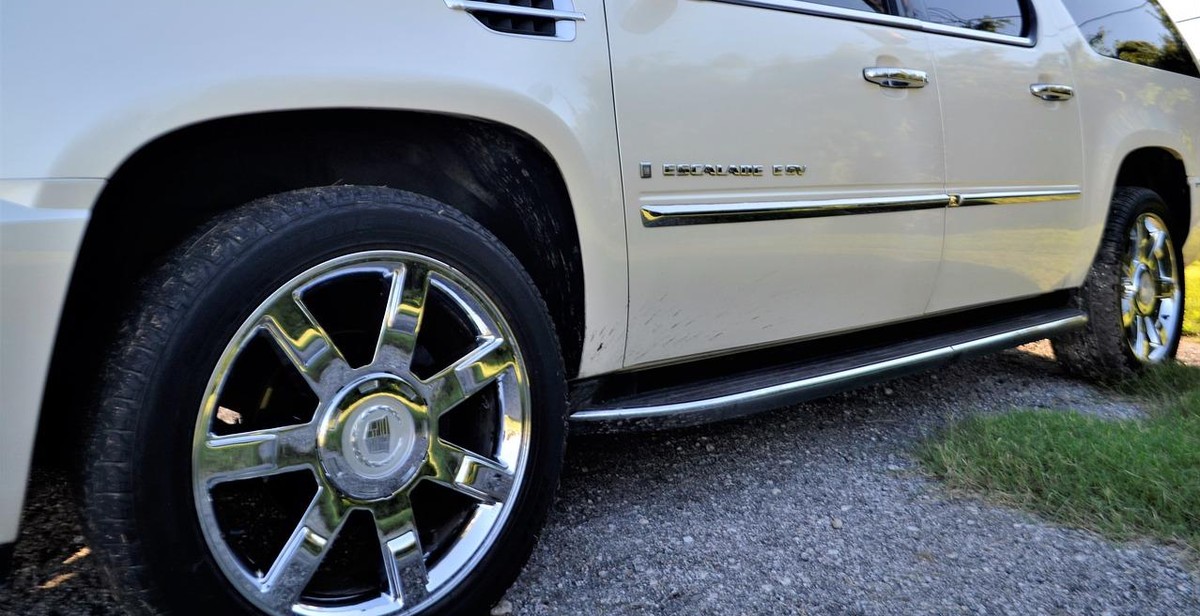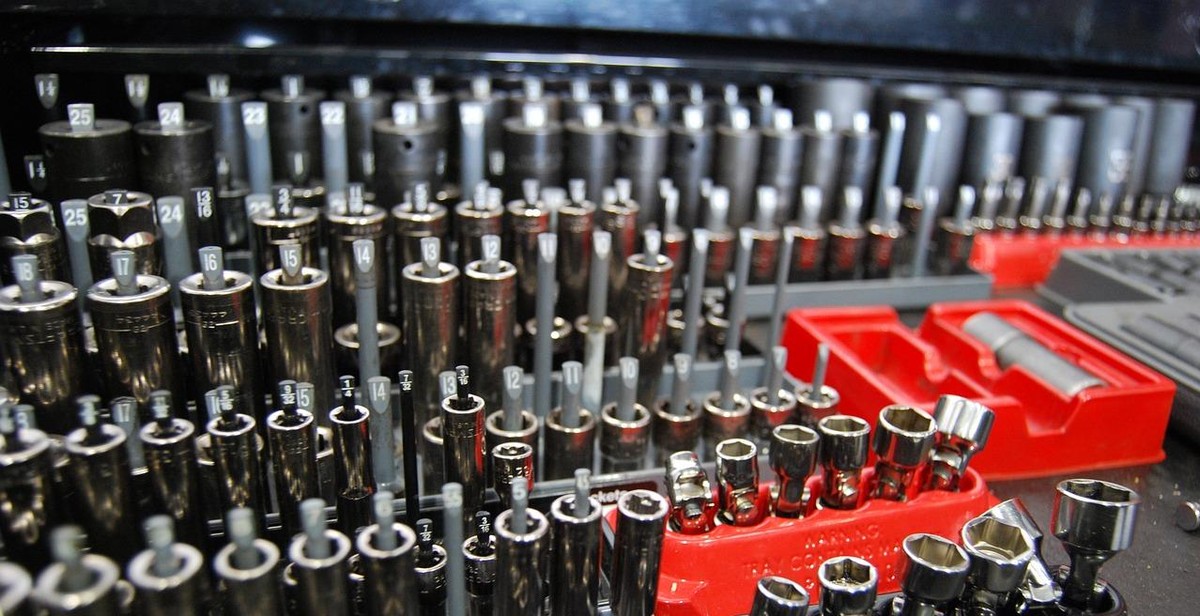Introduction: How to Perform Basic Car Maintenance
As a professional article writer and content creator, I’ve had the opportunity to write about a wide range of topics. However, one topic that is often overlooked but extremely important is basic car maintenance. Many car owners neglect basic maintenance tasks, such as oil changes, tire rotation, and fluid checks, which can lead to expensive repairs and even accidents on the road.
In this article, I will share my personal experience and knowledge on how to perform basic car maintenance. I will explain why basic maintenance is important, what tasks need to be done, and how often they should be performed. Whether you’re a new car owner or a seasoned driver, this guide will help you keep your vehicle running smoothly and avoid costly repairs.
Why Basic Car Maintenance is Important
Basic car maintenance is important for several reasons:
- It helps prevent breakdowns and extends the life of your vehicle.
- It improves safety on the road by ensuring that your brakes, tires, and other critical components are in good working condition.
- It saves you money in the long run by avoiding costly repairs and replacements.
- It reduces your environmental impact by ensuring that your vehicle is running efficiently and emitting fewer pollutants.
Overall, performing basic car maintenance is a smart investment that will keep you and your vehicle safe, save you money, and help protect the environment.
Oil Changes
Regular oil changes are essential to keep your car running smoothly. They help to lubricate the engine, reduce friction, and prevent damage to vital engine components. But how often should you change your oil?
How Often Should You Change Your Oil?
The answer to this question depends on several factors, including the make and model of your car, your driving conditions, and the type of oil you use. Generally, it is recommended to change your oil every 5,000 to 7,500 miles or every six months, whichever comes first.
If you frequently drive in stop-and-go traffic, tow heavy loads, or live in a hot climate, you may need to change your oil more frequently. On the other hand, if you have a newer car or use synthetic oil, you may be able to go longer between oil changes.
Tools and Materials Needed for an Oil Change
Before you start changing your oil, you will need to gather a few tools and materials:
- Oil filter wrench
- Oil drain pan
- Funnel
- New oil filter
- New oil
- Rags or paper towels
- Jack and jack stands (if necessary)
Step-by-Step Guide to Changing Your Oil
Here’s a step-by-step guide to changing your oil:
- Warm up your engine: Start your car and let it run for a few minutes to warm up the engine. This will help the oil flow more easily when you drain it.
- Drain the oil: Locate the oil drain plug on the bottom of the engine and place the oil drain pan underneath it. Use the oil filter wrench to loosen the plug and let the oil drain into the pan. Once the oil has drained, replace the drain plug.
- Replace the oil filter: Locate the oil filter and use the oil filter wrench to remove it. Place the new oil filter in its place and tighten it by hand.
- Add new oil: Using the funnel, pour the new oil into the engine. Check your car’s owner manual for the recommended amount and viscosity of oil to use.
- Check the oil level: After adding the new oil, use the dipstick to check the oil level. Make sure the level is between the “min” and “max” marks on the dipstick.
- Dispose of the old oil: Once you have finished changing your oil, dispose of the old oil properly. You can take it to a recycling center or an auto parts store that accepts used oil.
Performing regular oil changes is a simple and effective way to keep your car running smoothly. By following these steps and changing your oil on a regular basis, you can help extend the life of your engine and avoid costly repairs down the road.

Tire Rotation
As a car owner, you probably know that your vehicle requires regular maintenance to ensure its longevity and performance. One essential aspect of vehicle maintenance is tire rotation. Tire rotation is the process of moving your car’s tires from one position to another, typically from front to back or from side to side.
Why Tire Rotation is Important
Tire rotation is necessary to ensure that your car’s tires wear evenly over time. Since your car’s weight is not distributed evenly on all four tires, some tires may wear out faster than others. By rotating your tires, you can ensure that each tire gets used in different positions, which can prevent uneven wear and tear.
Uneven tire wear can cause your vehicle to handle poorly, which can be dangerous, especially in wet or slippery conditions. Additionally, uneven tire wear can lead to premature tire failure, which can be costly to replace.
Tools and Materials Needed for Tire Rotation
Tire rotation is a simple process that can be done with a few basic tools and materials. Here’s what you’ll need:
- Car jack
- Lug wrench
- Wheel chocks
- Torque wrench
Step-by-Step Guide to Rotating Your Tires
Tire rotation is a straightforward process that can be done in a few easy steps. Here’s how to do it:
- Park your car on a level surface and engage the parking brake.
- Use the lug wrench to loosen the lug nuts on all four tires, but do not remove them yet.
- Place the wheel chocks behind the rear wheels to prevent the car from rolling.
- Use the car jack to lift one corner of the car at a time, starting with the front.
- Remove the lug nuts and take off the wheel.
- Move the tire to the new position, either front to back or side to side, depending on your vehicle’s recommended rotation pattern.
- Replace the lug nuts and tighten them by hand.
- Lower the car with the jack and use the torque wrench to tighten the lug nuts to the recommended torque specification.
- Repeat the process for the remaining tires, one at a time.
Following these simple steps can help ensure that your car’s tires wear evenly and last longer.
| Benefits of Tire Rotation |
|---|
| Prevent uneven tire wear |
| Improve vehicle handling and safety |
| Save money on premature tire replacement |
Fluid Checks
Checking your car’s fluids is one of the most important parts of basic car maintenance. Regular fluid checks can help you avoid costly repairs and ensure your car runs smoothly. Here’s why fluid checks are important:
Why Checking Your Car’s Fluids is Important
- Preventative Maintenance: Regular fluid checks can help you catch problems early before they turn into major repairs.
- Improved Performance: Proper fluid levels ensure your car runs smoothly and efficiently.
- Increased Lifespan: Regular fluid checks can extend the lifespan of your car by preventing wear and tear on critical components.
- Safety: Low fluid levels can cause your car to overheat or break down, which can be dangerous if you’re driving.
Tools and Materials Needed for Fluid Checks
Before you get started, you’ll need a few tools and materials:
- Gloves: Wear gloves to protect your hands from hot engine components and to prevent cuts from sharp edges.
- Rags: Use rags to wipe off the dipsticks and to clean up any spills.
- Funnel: A funnel can help you pour fluids into tight spaces without spilling.
- Owner’s Manual: Your owner’s manual will tell you where to find the dipsticks and what type of fluids your car requires.
Step-by-Step Guide to Checking Your Car’s Fluids
| Fluid | How to Check | What to Look For |
|---|---|---|
| Oil | 1. Make sure your car is on level ground and turned off. 2. Locate the oil dipstick and remove it. 3. Wipe it clean with a rag. 4. Reinsert the dipstick and remove it again. 5. Check the level. |
The oil level should be between the two marks on the dipstick. If it’s low, add oil. |
| Coolant | 1. Make sure your car is turned off and the engine is cool. 2. Locate the coolant reservoir and check the level. |
The coolant level should be between the “min” and “max” marks on the reservoir. If it’s low, add coolant. |
| Transmission Fluid | 1. Make sure your car is on level ground and turned off. 2. Locate the transmission dipstick and remove it. 3. Wipe it clean with a rag. 4. Reinsert the dipstick and remove it again. 5. Check the level and color. |
The fluid level should be between the two marks on the dipstick and should be a bright red color. If it’s low or discolored, have it checked by a professional. |
| Brake Fluid | 1. Make sure your car is turned off. 2. Locate the brake fluid reservoir and check the level. |
The brake fluid level should be between the “min” and “max” marks on the reservoir. If it’s low, have your brakes checked by a professional. |
| Power Steering Fluid | 1. Make sure your car is turned off. 2. Locate the power steering fluid reservoir and check the level. |
The power steering fluid level should be between the “min” and “max” marks on the reservoir. If it’s low, add fluid. |
By following these simple steps, you can perform basic fluid checks and keep your car running smoothly. Remember to check your fluids regularly and have any problems addressed by a professional mechanic.

Conclusion
Regular car maintenance is essential for the longevity and optimal performance of your vehicle. By performing basic tasks such as oil changes, tire rotations, and fluid checks, you can prevent costly repairs and keep your car running smoothly.
Not only does regular maintenance save you money in the long run, but it also ensures your safety on the road. Neglecting to check your brakes or tires, for example, could lead to a dangerous situation while driving.
It is important to follow your car’s manufacturer recommendations for maintenance schedules and procedures, as well as to consult with a professional mechanic for any necessary repairs or replacements.
By taking care of your car, you are not only protecting your investment but also the safety of yourself and others on the road. Don’t wait until something goes wrong to give your car the attention it deserves. Start performing basic maintenance tasks today and enjoy the benefits of a well-maintained vehicle.
